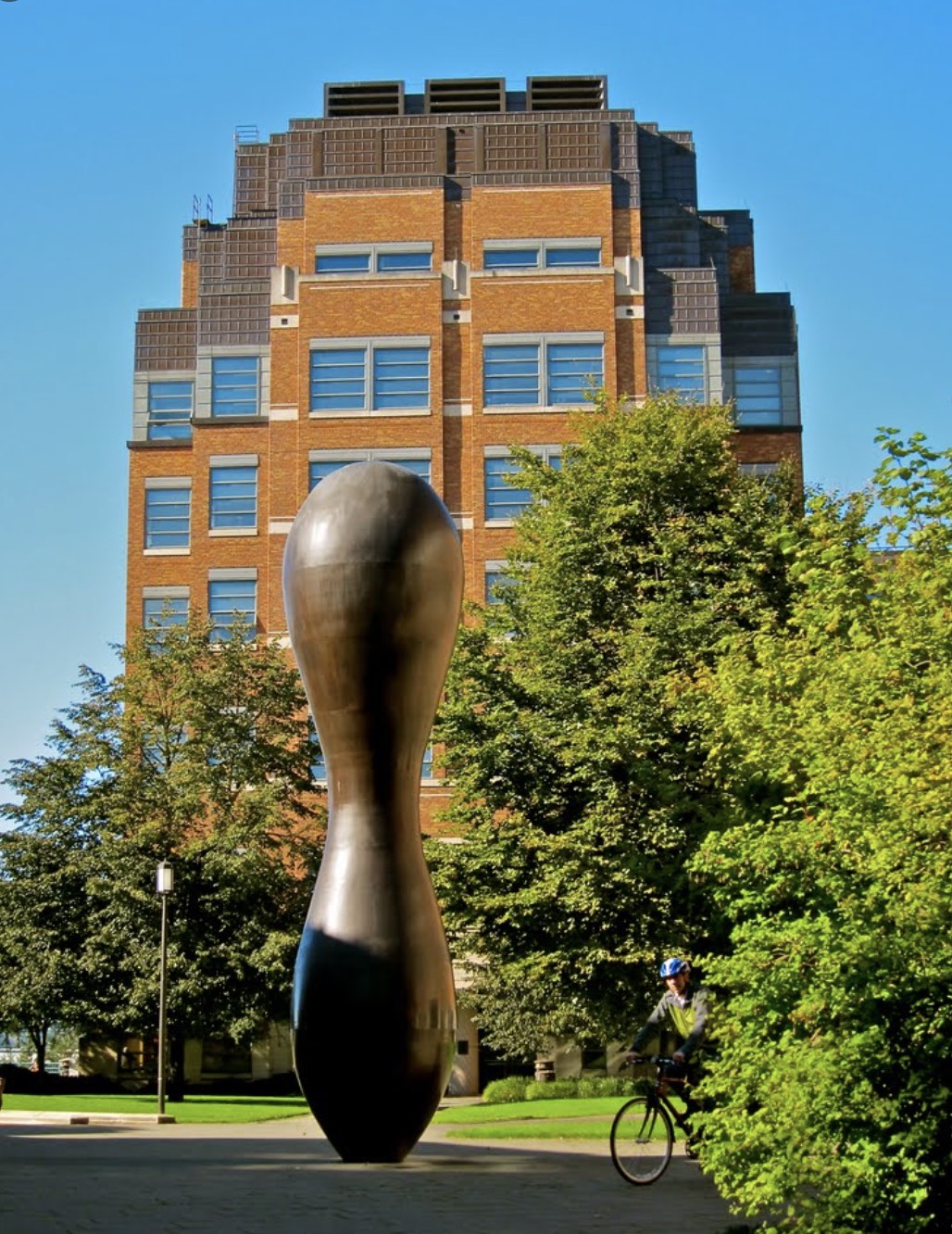
Implementing a Z2 Lattice Gauge Theory in a Digital Quantum Simulator
Julius Mildenberger (University of Trento)

Digital quantum simulators provide a table-top platform for addressing salient questions in particle, nuclear, and condensed-matter physics. A particularly rewarding target is given by lattice gauge theories (LGTs). Their constituents, e.g., charged matter and the electric gauge field, are governed by local gauge constraints, which are highly challenging to engineer and which lead to intriguing yet not fully understood features.
In recent work [1], we simulate a 1+1d Z2 LGT on a superconducting quantum chip. Our experiments have been performed remotely within the Early Access Program of Google Quantum AI. Efficiently synthesizing the three-body charge–gauge-field interaction renders single Trotter steps only 8 native two-qubit gates deep, enabling us to reach simulation times of up to 25 Trotter steps. We observe how tuning a term that couples only to the electric field confines the charges, a manifestation of the tight bond that the local gauge constraint generates between both. Moreover, in previous work [2], we outlined a procedure to protect gauge invariance against coherent errors by the addition of terms linear in the theory’s generators. We make use of this in the experiment to study a different mechanism, where a modification of the gauge constraint from a Z2 to a U(1) symmetry freezes the system dynamics. To address and mitigate hardware errors, we, i.a., employ Floquet calibration, spin echo sequences, qubit and coupler selection, and qubit assignment averaging.
Our work showcases the dramatic restriction that the underlying gauge constraint imposes on the dynamics of a LGT, it illustrates how gauge constraints can be modified and protected, and it promotes the study of other models governed by many-body interactions.[1] JM, W. Mruczkiewicz, J.C. Halimeh, Z. Jiang, P. Hauke, arXiv:2203.08905 [quant-ph], March 2022
[2] J.C. Halimeh, H. Lang, JM, Z. Jiang, P. Hauke, PRX Quantum 2, 040311, October 2021



